WWII veterans Ray Rees and Len Clarke stared death in the face as teenagers
WWII veterans Ray Rees and Len Clarke stared death in the face on foreign lands as teenagers. Now, they’re keeping each other company in a Melton South aged care facility.
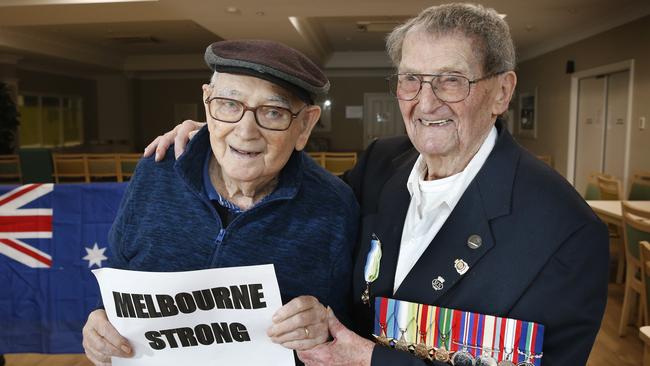
Victoria
Don't miss out on the headlines from Victoria. Followed categories will be added to My News.
Len Clarke was just a kid when he went to war.
After leaving his London home and joining the Merchant Navy at 13 “to sail the free world”, he found himself manning a machine gun a year later.
“On our way from Liverpool . . . to Gibraltar . . . we had German and Italian planes firing at us. I was put on a machine gun, on the side of the ship’s bridge.
“Up until that point I’d never even fired a .22 (rifle),” Len, 94, said.
He was scared, but courage was called for and, like those around him, he found it.
It would be a couple of years before he stared death in the face again, but this time it would be in the steamy Pacific, fighting as an Aussie.
After “bumping up” his age by a couple of years so he could serve, a “16 or maybe 17 year-old” Private Clarke was charged with taking Australian troops to shore in landing craft, at Port Moresby, Papua New Guinea.
“You could only take 30 soldiers at a time. Then you went back and got the next lot,” Len said.
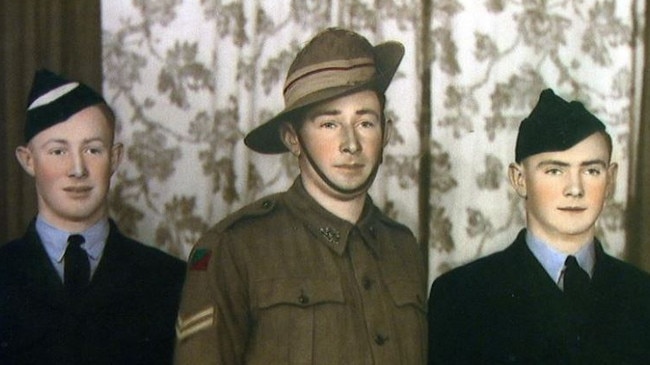
He can’t remember the exact date of the mission he took troops to the beach, as hostile Japanese troops attacked.
But he remembers pushing on, through enemy fire, with head down and heart beating hard.
“The Japanese were shelling us while we were coming ashore. I was scared, yes I was,” Len said.
Like his courage, his maritime experience belied his young years, and even before leaving for PNG Len had been called on by the Australian Army to impart his knowledge of navigation, seamanship, ropes and splicing as part of the allies’ Small Ships Association, and later as a Private with the 43rd Australian Landing Craft.
Keeping Len company in the Melton South Estia aged care facility he now calls home is another World War Two veteran, Raymond Rees, 98.
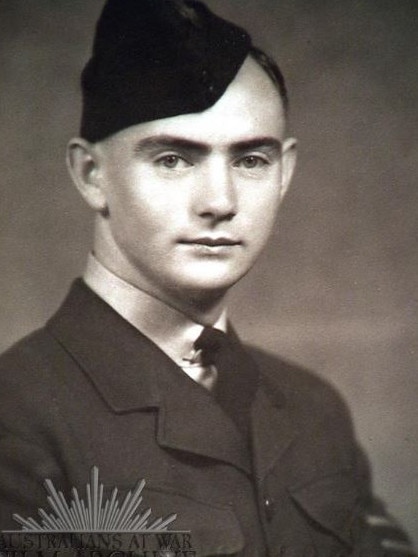
While Len helped the fight in the Pacific from the sea, Ray aided the allies’ effort in the skies, as a wireless gunner with the RAAF.
He remembers being asked by his boss in Forbes, when he was 18, if he was sure he wanted to go to war, in a foreign land.
“I said ‘yes, I was sure’, because it was the right thing to do,” he told the Herald Sun.
Ray was accepted by the air force just shy of his 19th birthday.
Before leaving Australian shores he learnt morse code and how to take a wireless apart and put it back together.
Flying training was at Victoria’s Point Cook air base, “mainly in DC3s and we’d fly all over,” he said in a 2003 Australian War Archives interview.
“It was like a classroom with a DC3 . . . you’d just take up a couple of people . . . somebody would be directing the pilot to find Benalla or Shepparton or somewhere like that”.
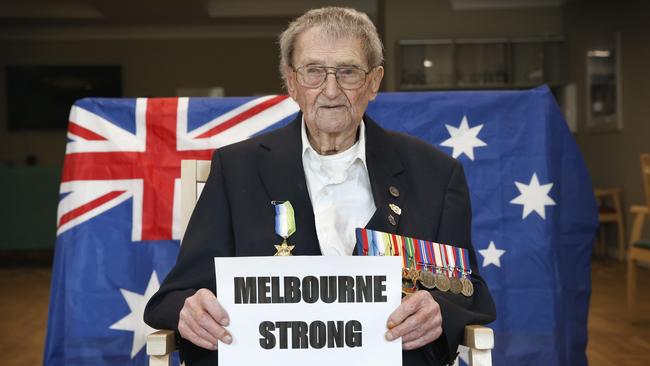
Ray arrived in Rabaul - where scores of Australian soldiers were killed or captured by the Japanese – on December 23, 1941, as part of the Catalina Squadron.
In the jungle, Japanese bombs rained down, lighting up the sky at night and “shattering nerves” and destroying eardrums by day.
“We had raids on Christmas Day. The Japanese didn’t respect our Christmas . . . and there were raids practically every day from then . . . there was bombing and dive bombing and strafing and that sort of thing, so it was pretty intense . . . it not very pleasant and were so poorly equipped. We didn’t even have tin hats in those days. I mean Australia was very poorly prepared for that. I don’t think we even had rifles at the start.”
On his 20th birthday, in March 1942, Ray watched a dogfight overhead, “with Kittyhawkes dodging in and out of the clouds”, wondering which would go down and who would live and who would die.
Later, he saw a ship burn, and the water boil around it.
There were times he was forced to walk and hide in the dense, wet jungles of PNG - and later Solomon Islands - for days at a time, with broken boots, no socks and rotten, infected feet, surviving on a diet of dog biscuits and coconut milk.
Other times, as he tried to escape advancing Japanese troops and meet up with waiting rescue planes and craft, he lost mates to the wilderness and other - now unimaginable - fates.
The cost for Ray was hearing loss, dengue fever, hepatitis and blood poisoning, but they were not cost enough to send him home.
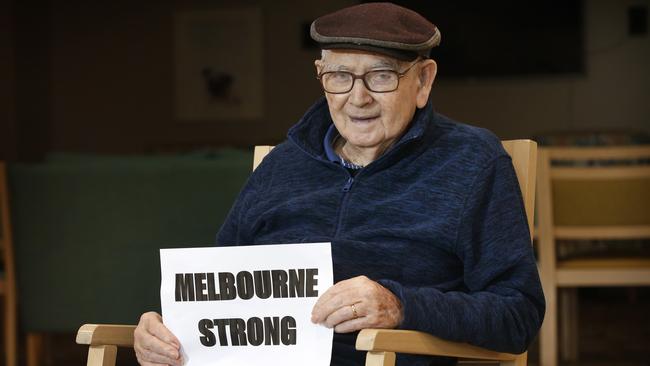
Acting Sergeant Ray Rees was not officially discharged until late-September 1945, more than a month after Victory in the Pacific, and the end of war, on August 15.
He returned to find his mother had kept all his letters in a tea tin.
Ray’s daughter, Bev, said her father rarely talked about his time in the war but the family still had his letters and diaries.
It was hard to be separated from her dad, who, until the lockdown, she had visited almost daily in the nursing home, she said.
But Ray and Len had not complained about the lockdown, Bev hastened to add.
Neither begrudged it.
“Because they’ve been through much tougher things than this.”
MORE NEWS:

